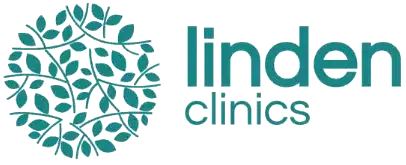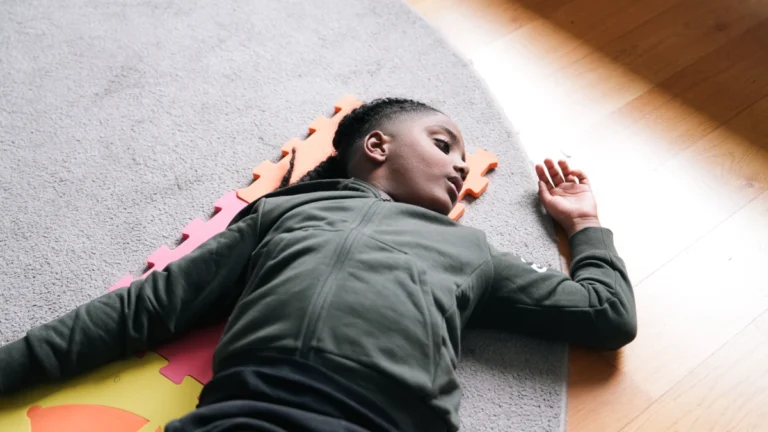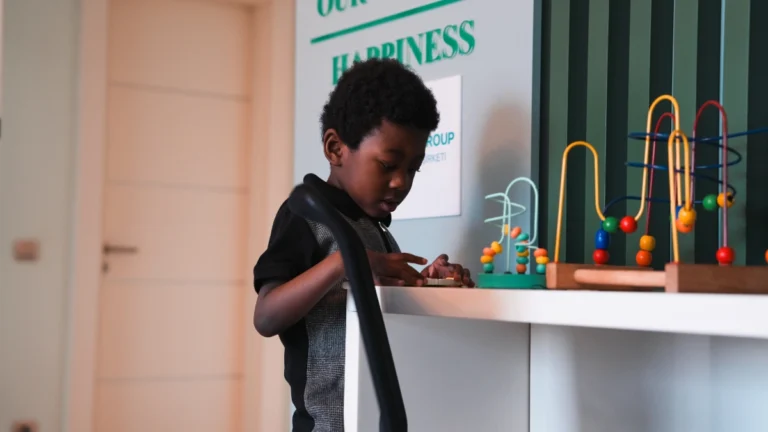The Best Fluffy Pancakes recipe you will fall in love with. Full of tips and tricks to help you make the best pancakes.
Stem cell therapy is rapidly emerging as a promising intervention for Autism Spectrum Disorder (ASD), offering new hope for families worldwide. One of the most reliable and effective sources of stem cells used in these therapies is bone marrow—a rich, living tissue inside our bones that holds a powerful regenerative capacity. But why is bone marrow still favored by top clinics for autism treatment, even when newer sources like umbilical cord tissue are available? Let’s dive deeper.
What Makes Bone Marrow Stem Cells Unique?
Bone marrow is the body’s natural stem cell reservoir. It contains:
- Mesenchymal stem cells (MSCs): These support immune modulation and inflammation reduction—key in autism-related neuroinflammation.
- Hematopoietic stem cells (HSCs): These help rebuild and balance blood and immune system function.
💡 Clinical Insight: Mesenchymal stem cells from bone marrow are known to migrate to areas of inflammation in the brain and modulate immune responses—an essential benefit for children with ASD experiencing neuroimmune dysregulation.
Why Do Autism Clinics Still Choose Bone Marrow?
Despite advances in stem cell sources, bone marrow offers unique advantages that explain why it remains widely used in many Best Stem Cell Clinics for Autism:
1. Autologous Collection Is Possible
For some therapies, stem cells are taken directly from the patient (autologous), reducing the risk of rejection or graft-versus-host disease.
2. High Concentration of Active MSCs
Bone marrow offers a potent and consistent quantity of mesenchymal stem cells, especially from the iliac crest.
3. Proven Safety Record
Bone marrow-derived stem cells have been used for decades in medical treatments. Their long-term safety data builds trustworthiness—a crucial factor for concerned parents exploring options.

Bone Marrow vs. Other Sources: What Does Research Say?
According to published Stem Cell Therapy Autism Clinical Trials, bone marrow-derived MSCs have shown:
- Improved social behaviors and communication
- Reduction in inflammatory markers
- Better outcomes in long-term Stem Cell Therapy Autism Success Rate
In a 2020 clinical study led by Sharma et al., children treated with bone marrow-derived MSCs demonstrated statistically significant improvements in ATEC scores and eye contact after 6 months.
Understanding the Cost and Collection Process
The Cost of Stem Cell Therapy for Autism can vary depending on the clinic and the source of the stem cells used. Bone marrow extraction is a minimally invasive procedure performed under local or general anesthesia, often from the pelvic bone.
While more complex than cord-derived collection, the clinical benefits often outweigh the discomfort of the procedure—especially when paired with umbilical cord stem cells in a dual-source approach.
💡 Linden Clinics, for example, are known for their dual therapy: combining both bone marrow and cord stem cells for a more comprehensive impact.
Are There Any Side Effects?
Bone marrow collection is considered very safe. Some possible temporary side effects include:
- Mild soreness at the extraction site
- Fatigue post-procedure
- Rare instances of infection
However, in most Stem Cell Therapy for Autism Reviews, parents report quick recovery and minimal discomfort, especially when the procedure is performed in experienced clinics.
Where Can I Find Bone Marrow Stem Cell Therapy Near Me?
If you’re looking for Stem Cell Therapy Autism Near Me, ensure the clinic:
- Offers personalized evaluations
- Has board-certified regenerative medicine specialists
- Publishes or contributes to Stem Cell Therapy Autism Research
Conclusion
Bone marrow continues to be a cornerstone in stem cell therapy for autism because of its immune-modulating power, clinical history, and compatibility with the body. When used properly and by experienced medical teams, it can offer a vital path forward for children struggling with the core challenges of autism.
✅ FAQ – Quick Answers for Parents
Can bone marrow stem cells improve language or cognition in autism?
Yes, studies suggest improvements in cognitive function, language initiation, and social responsiveness—especially when inflammation is addressed.
Is it painful for the child to donate bone marrow?
The procedure is performed under anesthesia, and recovery is usually quick. For children, bone marrow is sometimes not collected directly, and donor-derived MSCs are used instead.
Can bone marrow stem cells be combined with other sources?
Yes. Many top clinics combine bone marrow with umbilical cord stem cells to optimize results—enhancing both immunomodulation and neural repair.








